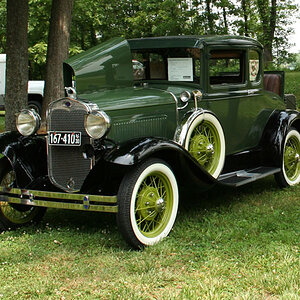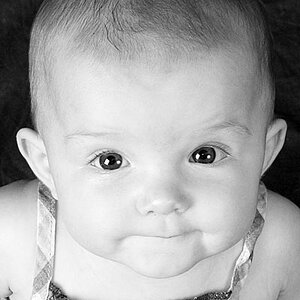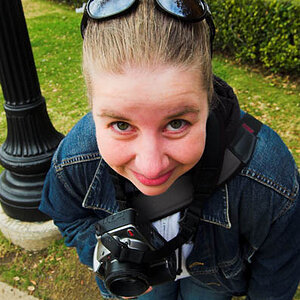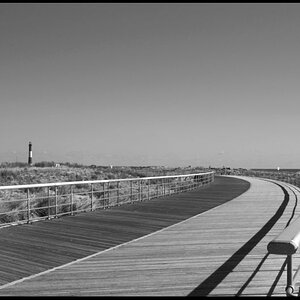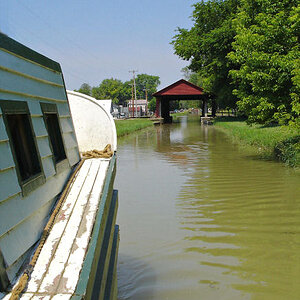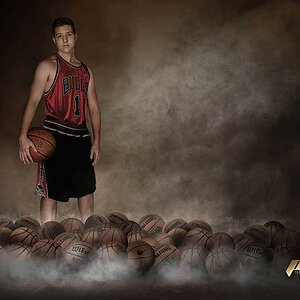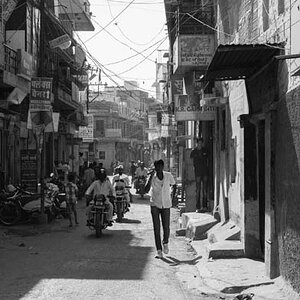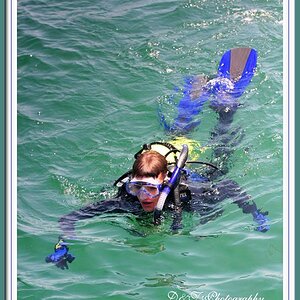ivomitcats
TPF Noob!
- Joined
- May 6, 2010
- Messages
- 101
- Reaction score
- 0
- Location
- Independence, Mo
- Website
- www.flickr.com
- Can others edit my Photos
- Photos OK to edit
I wish my D40 had bracketting. Oh well. These are my first two attempts at HDR. The second one, I know looks a little overdone, and the first doesn't look HDR at all, but I tried.
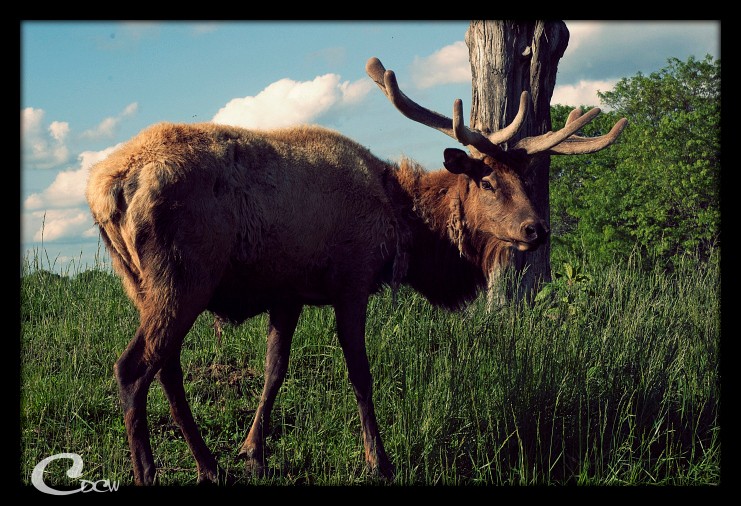
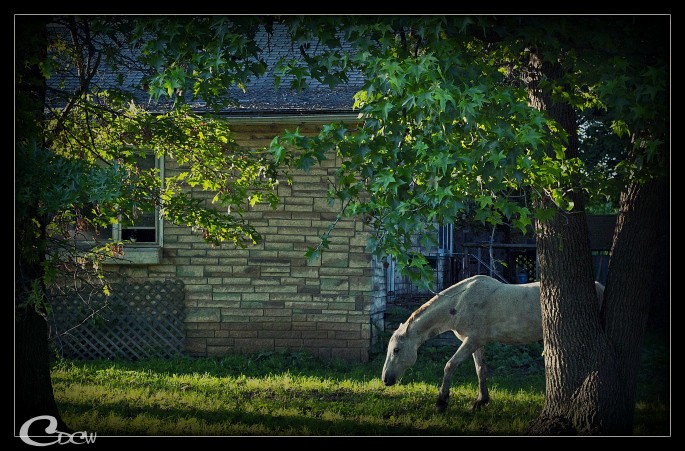




 and I was shooting handheld, and that elk was scaring me a little)
and I was shooting handheld, and that elk was scaring me a little)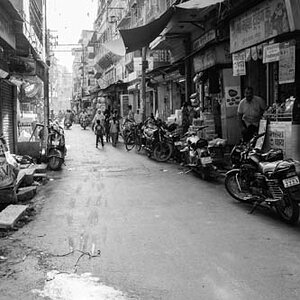
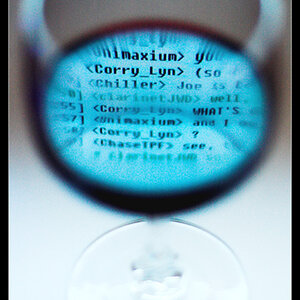
![[No title]](/data/xfmg/thumbnail/37/37602-1ef8dbb1c2d0e4ff347ee65d328c3603.jpg?1619738147)
